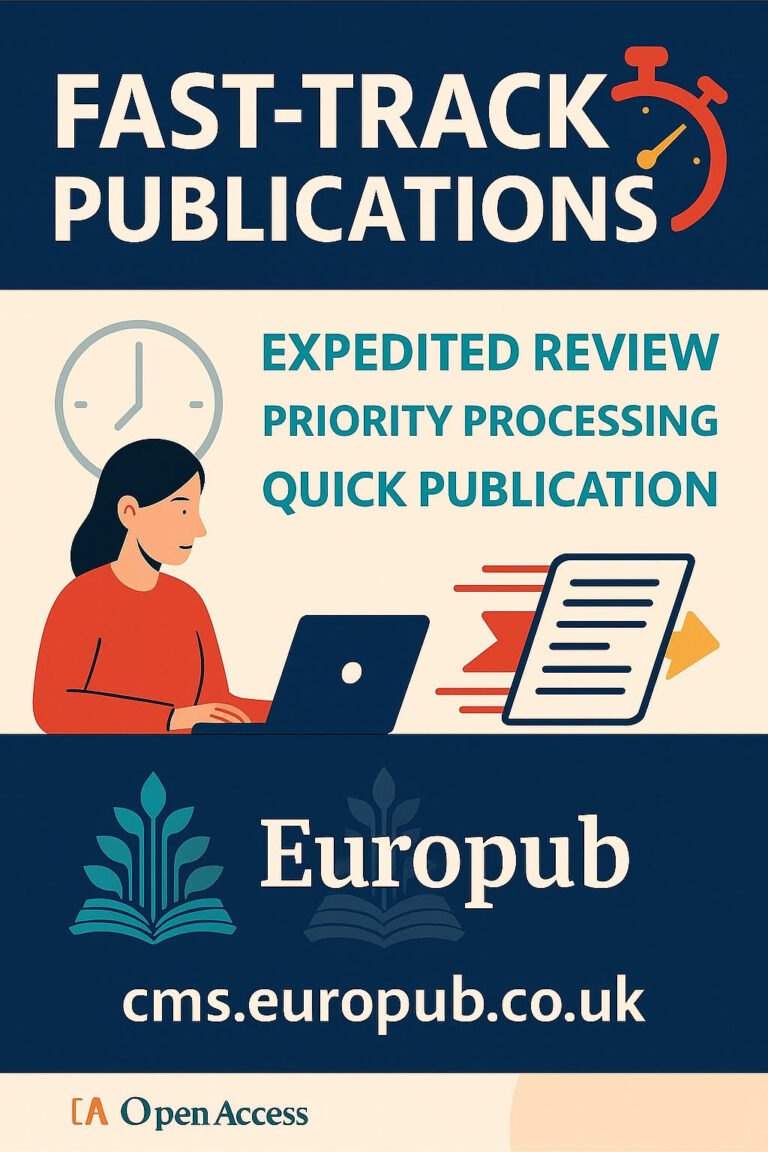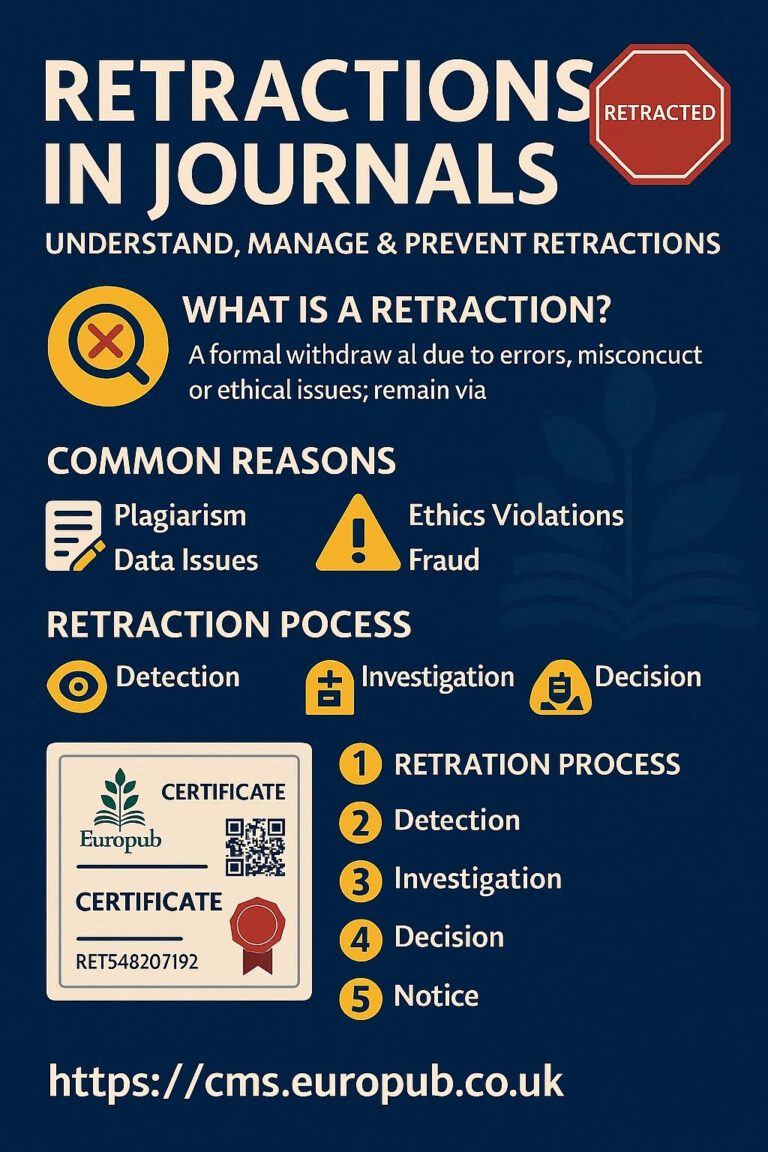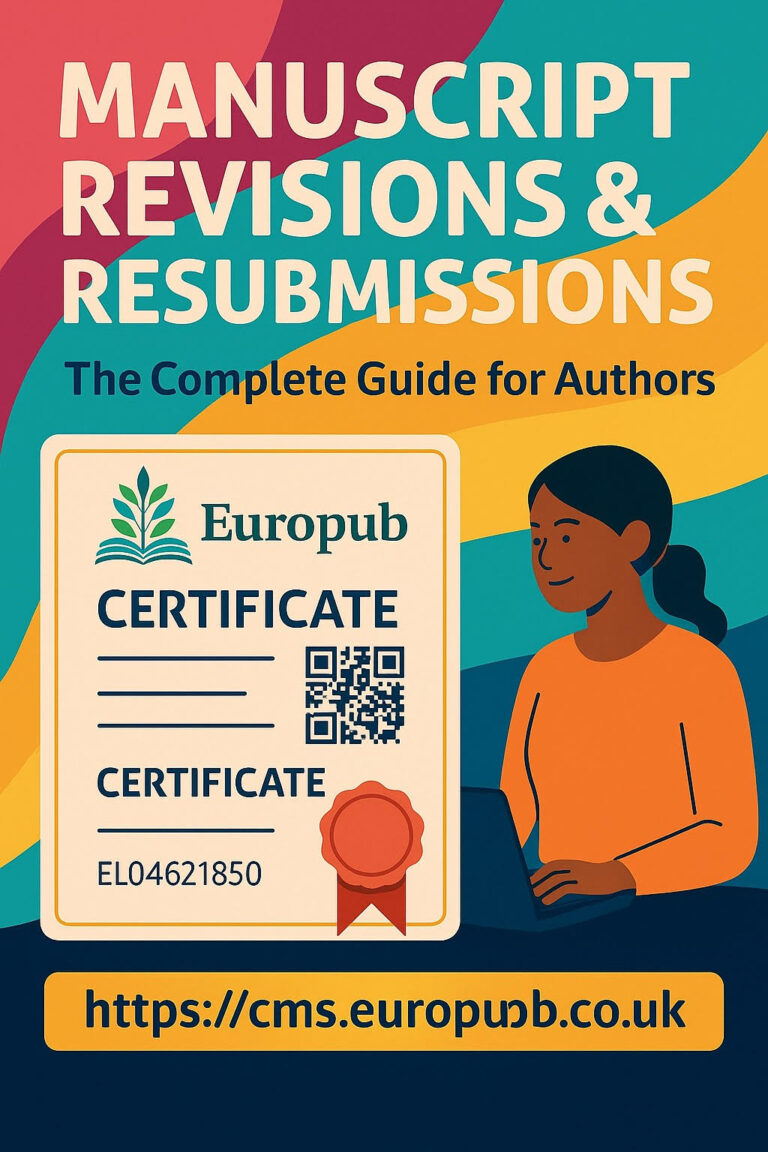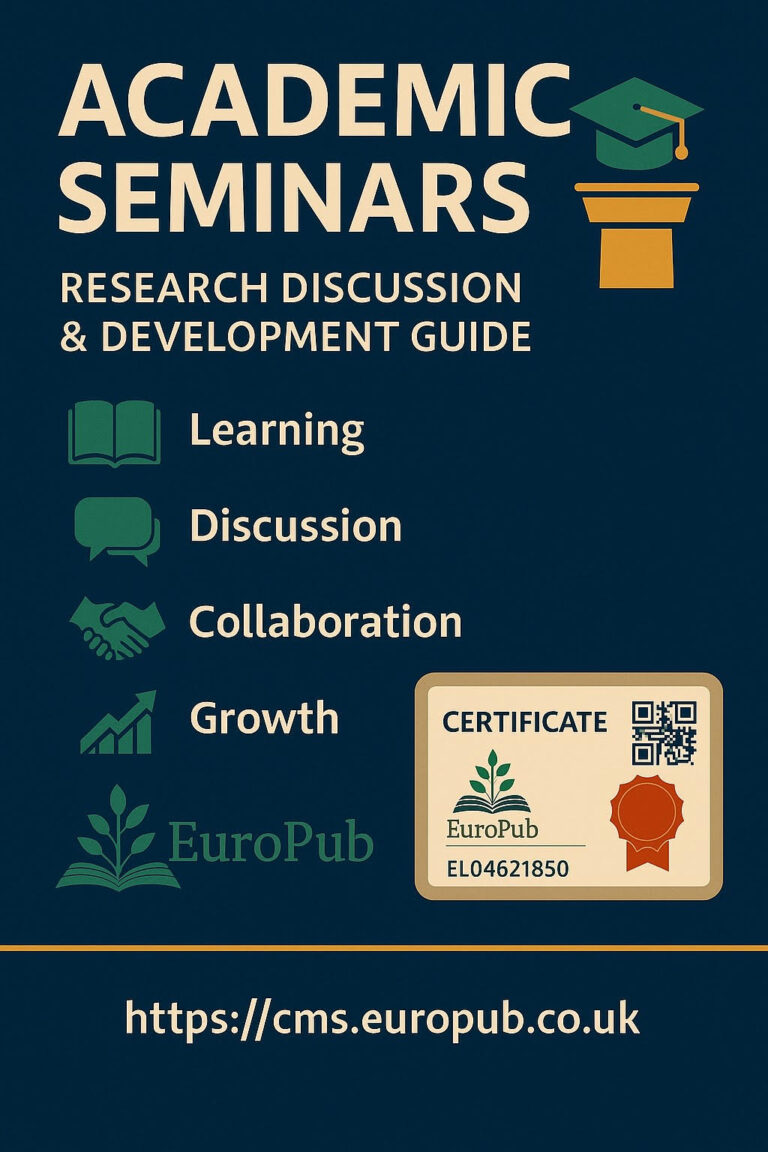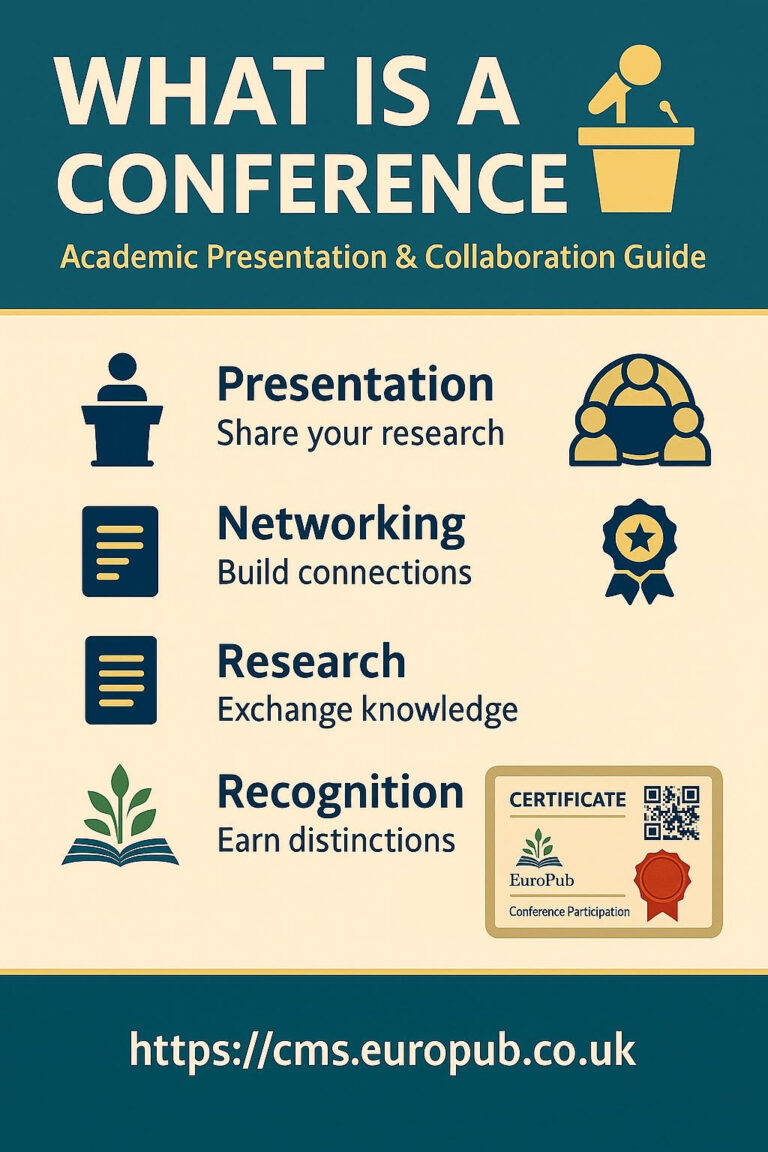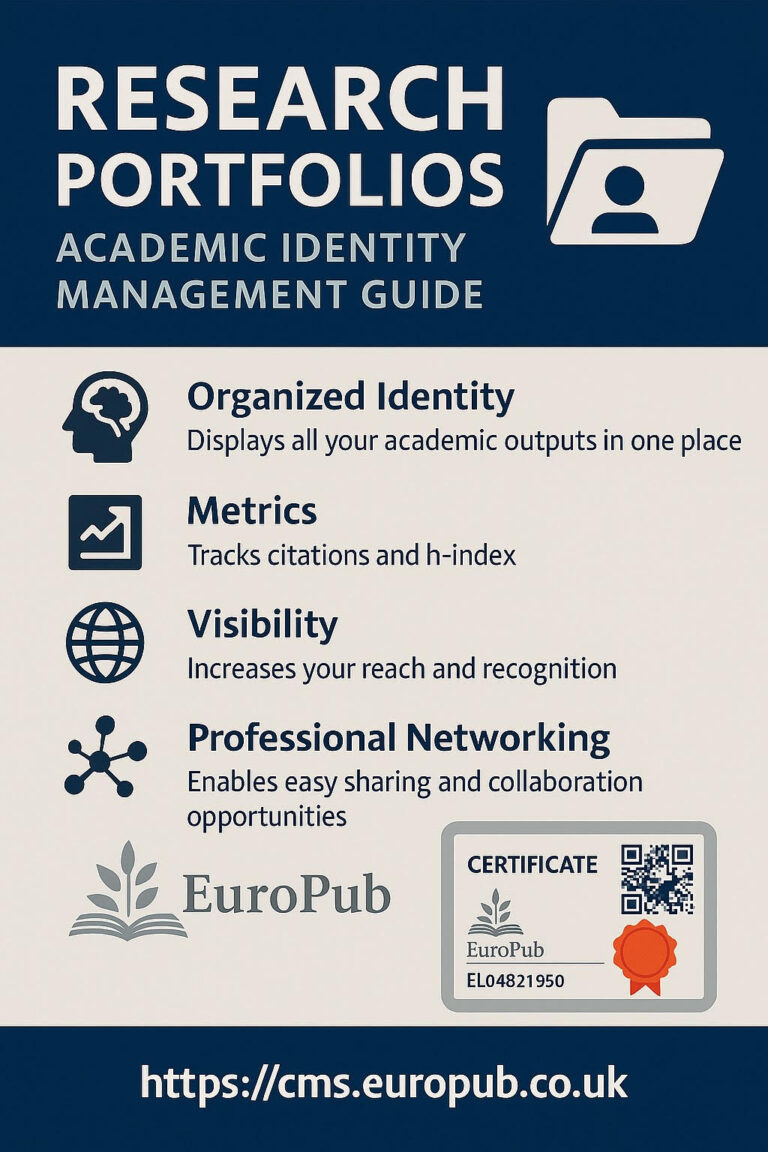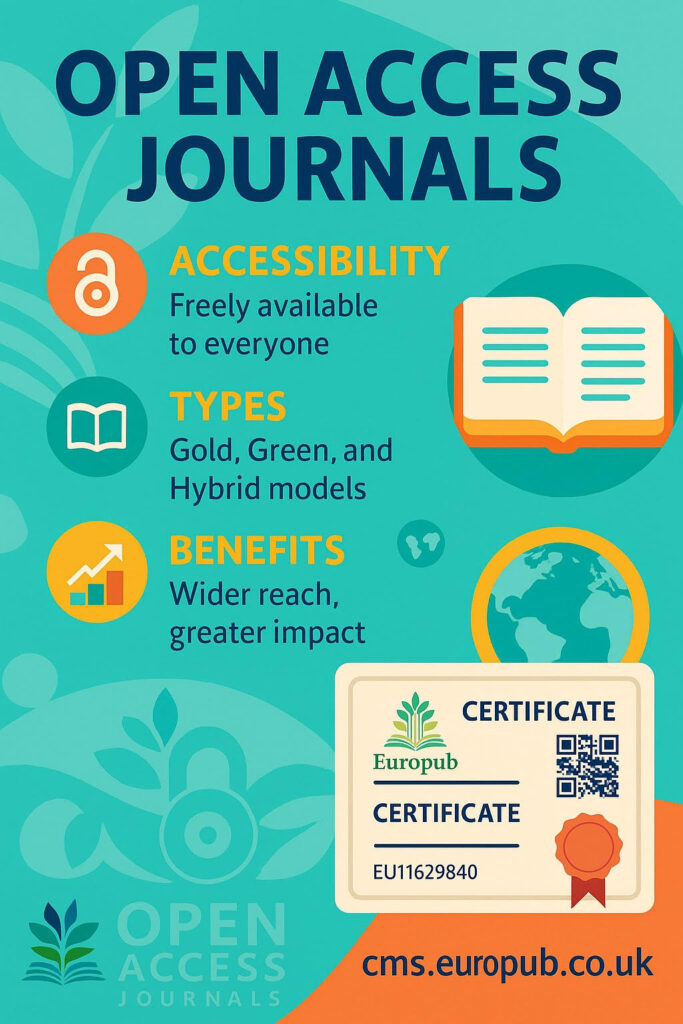
Definition
Open Access (OA) Journals are scholarly journals that provide free, immediate, and unrestricted online access to research articles. Unlike traditional subscription-based journals, OA journals allow readers to read, download, copy, distribute, print, or use the full text of articles without financial, legal, or technical barriers—provided proper citation of the original authors is maintained.
Key Features
- Accessibility: Articles are freely available to anyone worldwide.
- Licensing: Usually published under Creative Commons licenses (e.g., CC BY).
- Transparency: Peer review standards are similar to traditional journals.
- Increased Visibility: Greater reach, readership, and citations due to unrestricted access.
- Funding Models: Often financed by Article Processing Charges (APCs), institutions, or grants.
Types of Open Access
- Gold OA – Immediate access with APCs paid by authors or institutions.
- Green OA – Authors self-archive their manuscripts in repositories.
- Diamond/Platinum OA – No APCs; costs are covered by organizations or consortia.
- Hybrid OA – Subscription journals offering OA for individual articles upon APC payment.
Benefits of Open Access
- Democratization of knowledge.
- Higher citation and research impact.
- Global readership without barriers.
- Faster dissemination of scientific progress.
- Supports interdisciplinary and collaborative research.
FAQs on Open Access Journals
Q1. What is the difference between Open Access and traditional journals?
A1. Open Access journals make research freely available to everyone, while traditional journals restrict access to subscribers or institutions that pay for access.
Q2. Do Open Access journals have peer review?
A2. Yes, most OA journals follow the same rigorous peer-review standards as subscription journals.
Q3. Who pays for Open Access publishing?
A3. Funding usually comes from APCs paid by authors, institutions, research grants, or government initiatives.
Q4. What are Article Processing Charges (APCs)?
A4. APCs are fees charged by some OA journals to cover publication costs such as editorial work, peer review, digital hosting, and archiving.
Q5. Are there Open Access journals without APCs?
A5. Yes, Diamond/Platinum OA journals do not charge authors or readers. Costs are covered by universities, consortia, or philanthropic organizations.
Q6. How can I identify if a journal is Open Access?
A6. You can check the journal’s website, use directories such as the Directory of Open Access Journals (DOAJ), or look for Creative Commons license indications.
Q7. Are Open Access journals predatory?
A7. No. While there are predatory publishers misusing the OA model, legitimate OA journals are indexed in trusted databases (e.g., DOAJ, Scopus, Web of Science). Always verify before submitting.
Q8. Do Open Access articles get more citations?
A8. Studies suggest that OA articles receive higher citations and wider visibility due to unrestricted access.
Q9. Is Open Access publishing mandatory?
A9. Many funding agencies (e.g., NIH, EU’s Horizon Europe, UKRI) require that funded research be published in OA journals or repositories.
Q10. What are examples of popular OA journals?
A10. PLOS ONE, BMC series, Frontiers, Scientific Reports, and many society-run OA journals.
Q11. Can I retain copyright in OA publishing?
A11. Yes, most OA journals allow authors to retain copyright under Creative Commons licenses.
Q12. Where can I find trusted OA journals?
A12. The best resource is DOAJ, which lists more than 20,000 OA journals that meet strict quality criteria.
Helpful Links
 Europub Database: https://europub.co.uk
Europub Database: https://europub.co.uk DOAJ (Directory of Open Access Journals): https://doaj.org
DOAJ (Directory of Open Access Journals): https://doaj.org News & Updates: https://news.europub.co.uk
News & Updates: https://news.europub.co.uk Certificate Issuance (EuroPub): https://cms.europub.co.uk
Certificate Issuance (EuroPub): https://cms.europub.co.uk
 Promotional Note:
Promotional Note:
Publish your Open Access articles with recognition! Europub provides official Certificates of Publication & Impact with EuroCode and QR verification to validate your research contribution.
